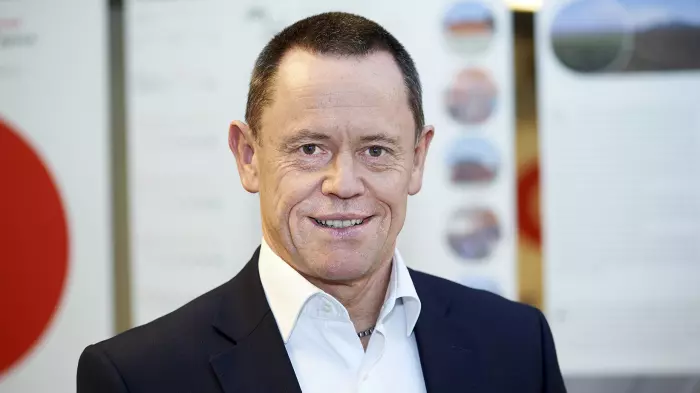John, Mark, David, Peter, Michael, Paul, Andrew, Chris, Richard, Simon, James and Tony.
No, they are not the 12 disciples, although some of them fall into that category as well.
These are the most common first names of company board members listed on the New Zealand's stock exchange.
In fact, they are so popular if you were to pick a company at random there is a very good chance there will be more than one board member with a first name from this list.
A BusinessDesk analysis of the first names of people who sit on the boards of public companies shows 28 percent of them have one of these 12 names (or some variation of it – Andy instead of Andrew or Christopher instead of Chris for example).
In stark contrast, only 18 percent of first names are those generally associated with being women's names, suggesting fewer than one in five board members are women.
With statistics like these, it is no wonder some consider the upper echelon of NZ business to be an ' old boys network' .
Gender distribution
While a very small handful of companies have achieved gender equality, or something approaching it – with Spark and Auckland International Airport being the highest profile examples – a significant proportion appear to have none or at best just one woman on their board.
Institute of Directors general manager of governance Felicity Caird says the bigger companies have improved their levels of gender balance in recent years, lifting female representation to 30 percent.
"I have observed there is more progress at the top end, in the top 50."
But this only indicates smaller companies are dragging their heels.
Caird says that has a flow-on effect for the big companies because the smaller ones tend to be a pipeline for board talent.
Our analysis suggests 39 out of 112 boards have one woman sitting on them and another 30 have no women whatsoever. This equates to 62 percent of listed companies with at best one woman director.
Directors only
Data for the analysis comes from NZX disclosures and includes all board members, not just directors and chairs.
Winnowing it down to just those with the word 'director' (and thus excluding members of the executive or company secretaries who sit on boards) in their title and the numbers look worse for gender equality.
Forty boards have no female directors and a further 43 have just one. This equates to 75 percent of all boards having only one female director. On top of this, there are only 13 boards with a female chair.
Compare these lopsided figures to the public sector, where women account for 49 percent of board members.
A female director's view
Grainne Troute sits on the boards of THL, Summerset Group and Investore Property.
She says one unintended consequence of the diversity drive is good female directors become too busy because they are seen as "gold dust".
She acknowledges that while it has become easier for women looking for a board role than it was 10 years ago, men still predominate.
"I get a lot of people saying to me, very frequently, 'congrats on your board role, it's obviously much easier for you these days, being female'. I always respond: 'well the vast majority [of roles] are still going to males'."
Time for a target or a quota?
The new chief executive of the New Zealand Shareholders' Association Oliver Mander says the NZSA is looking at implementing a policy on gender diversity.
The shareholder lobby group's current board composition policy just says there should be a regular review of a board to formally assess "appropriate mix of expertise, experience and independence to meet that organisation's objectives."
At the same time Mander says diversity is not a silver bullet to better performance.
"The research does say, rather critically, that you need the culture to accept the diversity as well."






